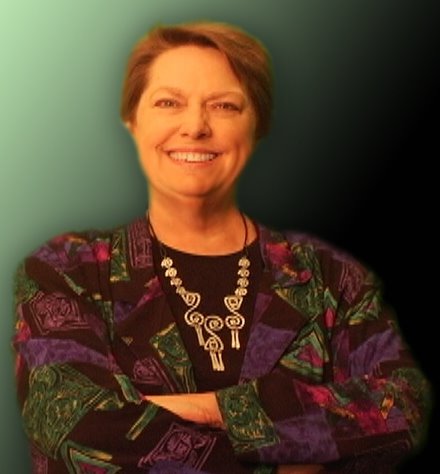To Teach is to Learn
I can’t quit teaching because I learn so much from my students. This week I learned about gauged ears. The first time I saw someone (outside of National Geographic) with these large stretched earlobe piercings, I was horrified. Why on earth would somebody want to do that to themselves? Of course, I have the same reaction to all kinds of body piercings and tattoos.
I’ve been noticing more and more of these odd mutilations (my word), so I asked one of my younger students what they were called. Gauging is the colloquial term and refers to the incrementally sized tapers used to gradually stretch the skin, sometimes (as in my waitress) forming holes as big as several inches across.
My student wants to grow his fairly large because the larger the holes, the wiser the person. I can’t really follow that logic, but according to Wikipedia, stretched piercings were popular thousands of years ago in
The fact that it doesn’t appeal to the masses of my generation is probably the point.
# # #

